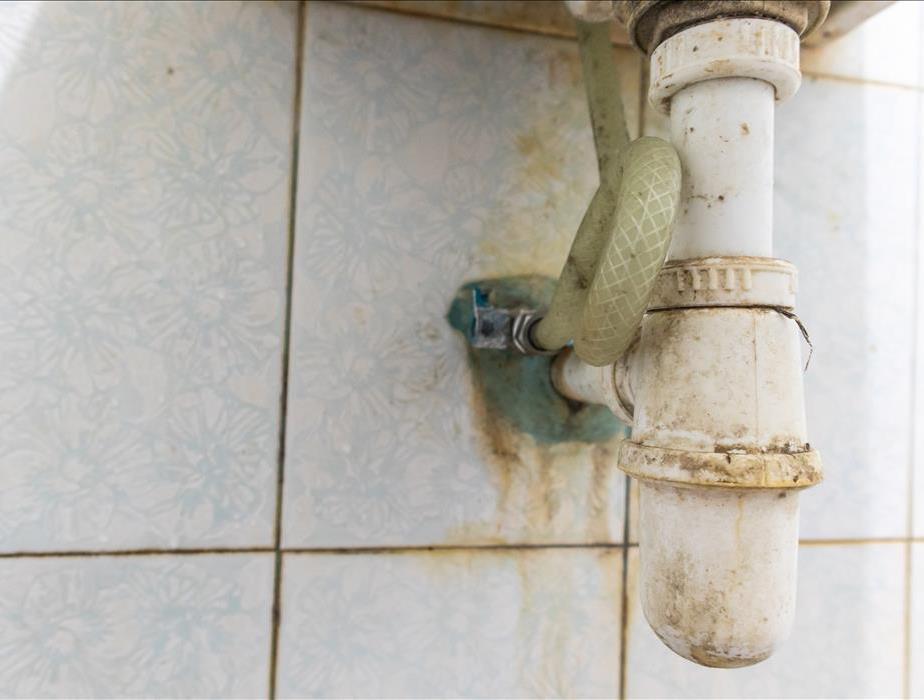The Basics of Mold Prevention | SERVPRO of Sioux Falls
3/29/2024 (Permalink)
 Are you dealing with a home mold invasion? No worries, SERVPRO of Sioux Falls in Here to Help®. Contact us today for a quick restoration.
Are you dealing with a home mold invasion? No worries, SERVPRO of Sioux Falls in Here to Help®. Contact us today for a quick restoration.
Mold is a naturally occurring substance that is part of every environment, but that doesn’t mean we want it in our homes. Beyond the basic ick factor that comes along with slimy, fuzzy green spots, mold can multiply incredibly fast and cause damage that go all the way to your foundation.
While some mold outbreaks can occur after a natural disaster strikes, leaving us very little time or opportunity to stop them, everyday mold growth and spread can be controlled in our home. Keeping mold in check is pretty simple, too.
Moisture Control
To thrive, mold only needs a little bit of moisture and an organic substance like wood or paper. Since your home is made up of the very organic substances mold likes to grow on, controlling the moisture in your home is key to preventing an outbreak.
Maintain a steady temperature during both the spring and the winter in order to keep your humidity level from getting too high. If you touch your wall and it feels damp, there is a musty odor in the air or your books all have curling edges, your home is too moist.
If keeping a close eye on your thermostat doesn’t seem to be enough, consider adding a dehumidifier to pull excess moisture out of the air. These can be particularly helpful in basements or garages.
Condensation on our windows can be a common problem in the spring when the days swing between warm and cold and the snow begins to melt. This condensation can creep in between walls or siding and allow for mold to form and spread. Check the seals on your windows every fall and spring to keep things tight, and dry up any moisture you do see as often as possible.
No Dripping Allowed
Maintaining the moisture in your entire home is a great approach to keeping things mold free, but there are some additional steps you will want to take in some mold hotspots around your house. The spots where mold commonly and quickly can start to take over include bathrooms and your kitchen.
Check under your sinks and around your toilets and showers weekly. This might sound like a lot, but the faster you can find and correct leaks, the less likely mold will form. A quick visual check might be enough, but if you do notice any moisture or smell a musty odor, run your hands along all your water lines. Make sure everything is tightly sealed, and replace any materials that have started to wear out.
Dry up spills and keep wet towels off the floor as another way to keep mold at bay. Make sure there is plenty of ventilation in both your kitchen and your bathrooms. Let bathroom fans run for 10–15 minutes extra after you are done showering to ensure things are getting as dry as possible.
With basic home maintenance, you can keep your home not only ick-free, but also damage-free. Don’t let mold move in on your space. Control the moisture and dry up the drips.
Have you discovered mold growing in your home? Contact us to get remediation handled fast.






 24/7 Emergency Service
24/7 Emergency Service